In today’s review, I’ll be discussing the Minolta MD zoom 24-35mm f3.5. It is a very underestimated lens, simply because it’s a zoom lens. However, in reality, it’s a gem. When used on micro 4/3 or other APS-C cameras, it offers an interesting wide-angle range, effectively replacing three essential prime lenses in one. Moreover, it maintains the sharpness and distinctive character typical of a genuine Minolta Rokkor lens, making it an interesting alternative to investing in three costly prime lenses. Given the comprehensive nature of this review, I’ve included bookmarks below to help you quickly locate the information you’re seeking.
Bookmarks:
- Testing Day One – The Gloriëtte
- Lens Specifications :
- Lens Performance :
- Detailed lens tests and more samples :
- Testing Day Two – Fort of Brasschaat and Pixco Speed Booster :
- How to fix aperture pin and focus to infinity problem on Pixco Speed Booster :
- The Leica Look
- Conclusion:
- Test Camera and Links:
Testing Day One – The Gloriëtte :
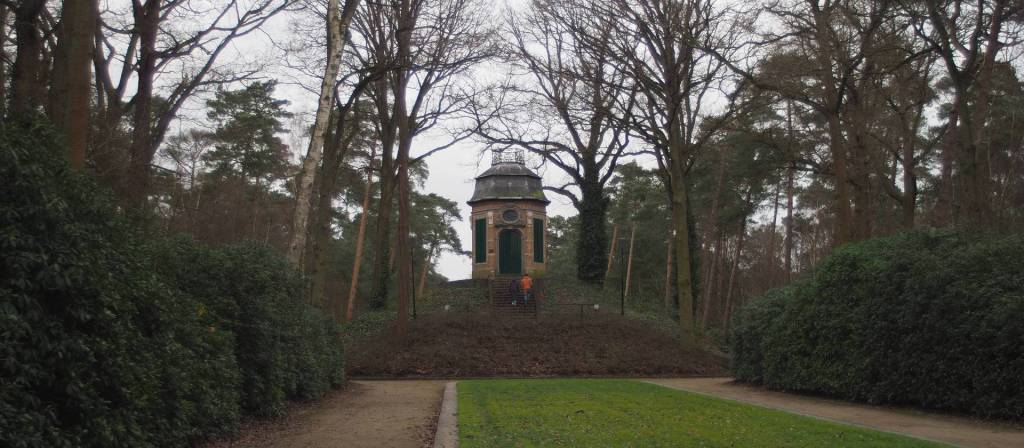
We are on December 28, 2023, and finally, after a lot of rain, it’s dry enough and even a little bit sunny when I set out to test my new Minolta 24-35mm zoom lens.
The destination is Ravenhof Castle, where I follow the path to the ‘Gloriette,’ the castle’s tea house. It is a place in Stabroek, on the Belgium/Netherlands border. The interesting thing is that the castle is on Belgian territory, while the castle’s tea house is in the Netherlands. Upon reaching there, it appears that the weather isn’t as sunny as anticipated, but it’s dry, and that is the crucial factor.
After capturing some shots using the K&F Concept MD-M4/3 adapter, I intended to take comparative photos with the Pixco Speed Booster. However, I encountered a problem when the small pin responsible for adjusting the aperture on the back of the lens, got stuck with the Speed Booster. This, unfortunately, rendered me unable to manually control the aperture. Additionally, the weather conditions at the castle had worsened, prompting me to conclude my photographic outing.
Nevertheless, the outing served a specific purpose. I had ample time to thoroughly assess, use, and capture photos with the lens using different settings and zoom positions. Upon returning home, I carefully examined and compared the results. Combining the technical specifications, insights from other reviews, and images, I was able to form a comprehensive understanding of this lens. On the second day, I concluded my testing with the speed booster and reached a final decision.
Lens Specifications :
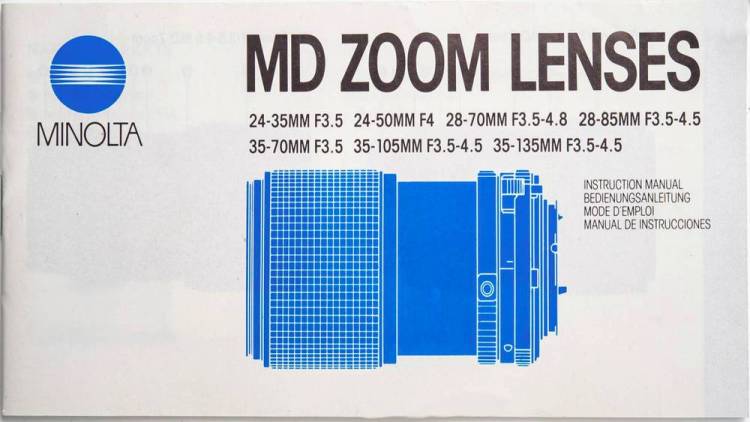
There is only one version produced within the 24-35mm range, and unlike the 35-70mm, Leica did not adopt it. There is also an MD 24-50mm f4, however it is much bigger, heavier and more expensive. Considering the lens’s time period and the consensus that Minolta’s lens factory excelled in producing high-quality lenses, including zoom lenses, it’s worth noting that Minolta’s vintage zooms defy the common avoidance due to poor image quality. In fact, these zooms are regarded among the best lenses from the analog era.
This lens effectively replaces three wide-angle prime lenses. During testing, I used it as if it were primes, not zooming but instead setting it to one of the specified values: 24mm, 28mm, or 35mm. Considering the crop factor on both Micro Four Thirds and APS-C, this lens proves highly convenient for portrait, street, and landscape photographers. On Micro 4/3, it provides a field of view equivalent to 48mm to 70mm on a full frame camera.
The lens has a length of 50mm, a diameter of 67mm, and a weight of 285 grams, making it the same size as an MC/MD 24mm prime lens. By using this compact zoom lens, you can save a significant amount of space and weight, not to mention a considerable amount of money !
Here on the right is my copy, I use it with the lens hood of a Minolta MC 28mm MKIII.
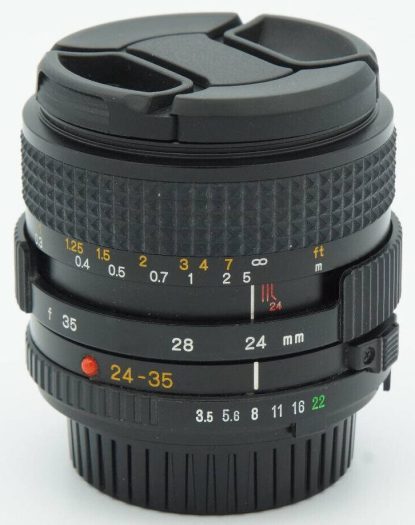
| MD zoom | Open | Closed | Elements | Groups | Filter dia | Filter type | Shortest focus | Lens Dim. | Weight | Build | Mark |
| 24-35mm | 3.5 | 22 | 10 | 10 | 55 | clip-in | 0.3m | 67×50 | 285 | 1981 | MD III |
Lens Performance :
The lens feels very solid, reminding me of the time when these lenses were made. Many lenses from that era had exceptional build quality and seemed as if they were meant to last for 100 years and more.
Granted, you need to be careful about mold when purchasing, and some may have cosmetic imperfections due to use. However, mechanically, they usually function like new. In our Western society, we tend to choose the best and most beautiful, thinking that less is not good. However, this attitude is often unjustified when it comes to vintage lenses. While having a pristine lens is preferable, a “weathered” lens can be more affordable.
Don’t be fooled by dust inside a lens – almost all lenses have some dust, even many new ones today. The desire for a dust-free and perfect specimen is common, but the assumption that these particles will affect image quality is really unfounded. Large mold spots and thread-like formations should be avoided, although they may not always affect the results visibly. Still, it’s better to avoid them as mold won’t improve over time.
The lens barrel and focus ring of this zoom lens are made of metal, while the other two rings (aperture and zoom) are made of plastic. These are 40-year-old lenses, so the feel may vary from lens to lens, although all the Minolta lenses I currently own feel similar – smooth focusing rings and precise aperture clicks. The focus ring covers 1/4 of the lens and is highly adjustable. I paid €134, including shipping from Germany, which is an average price for this lens.
Now, the crucial question is, what is this lens worth ? I hesitated for a long time to buy an MC or MD 24mm f2.8 prime lens alongside the Minolta MC 28mm f2.8 prime lens I already have. However, after testing this fantastic zoom lens, I’m convinced otherwise, at least, at the moment anyway :-). While an f2.8 prime can make a difference in extremely poor lighting conditions, f3.5 is not significantly less, and how often do you find yourself in a situation where you really need it ? Edge sharpness, especially wide open, can differ between prime and zoom lenses, but stopping down a bit can largely address this issue. By the way, the 24mm f2.8 prime is not 100% sharp wide open either.
The zoom at f3.5, is sharp in the center at all zoom levels, and by center, I mean 75% of the frame, not just a small area. This is partly because our micro 4/3 – or APS-C – sensor uses only a small portion of the lens’s surface compared to a full frame. Even wide open, it performs well, especially for portraits, flowers, and plants, where sharpness is focused on the central part, and blurriness outside the center is desired. At f5.6 – f8 it is very good at all zoom levels for almost all situations. If you want (pixel) sharpness to the edges, you can stop down the lens as follows: at 24mm f8/11, at 28mm f11/16, and at 35mm f11.
All photos are JPEGs taken from camera, with sharpening and noise suppression turned off. Some of the 4/3 photos have been cropped to 16/9 or zoomed in for details.
Unfortunately, the photos are quite dark, due to the bad weather during the tests.
The second series of photos is slightly better, but keep in mind that the photos were taken during the winter.
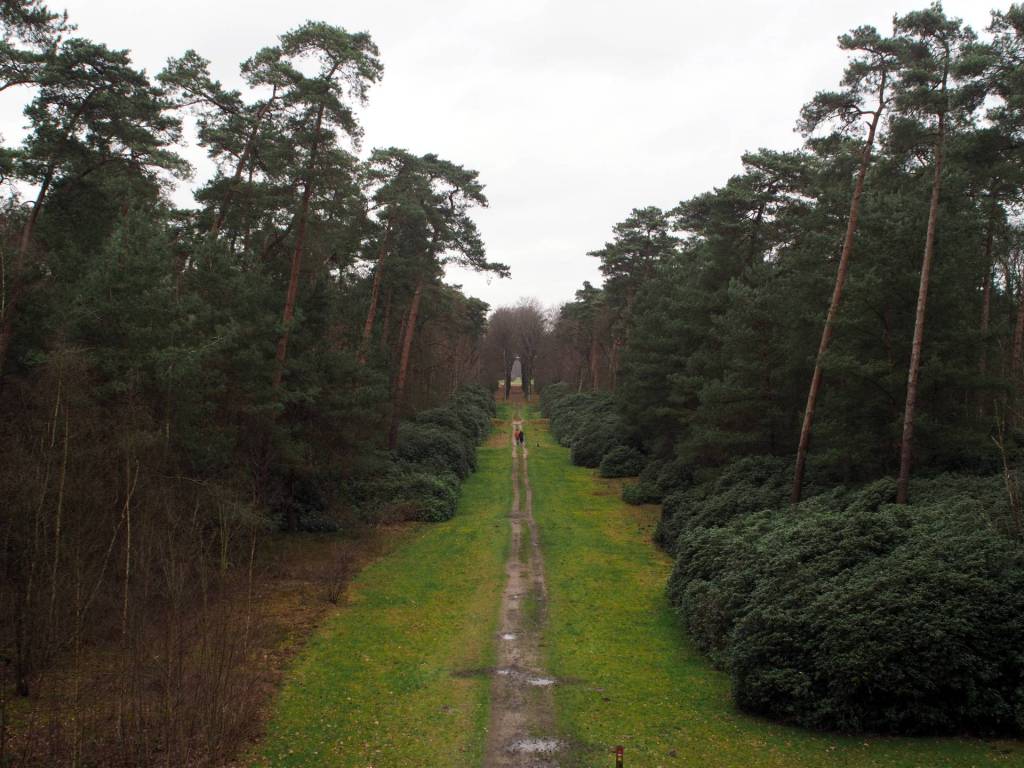
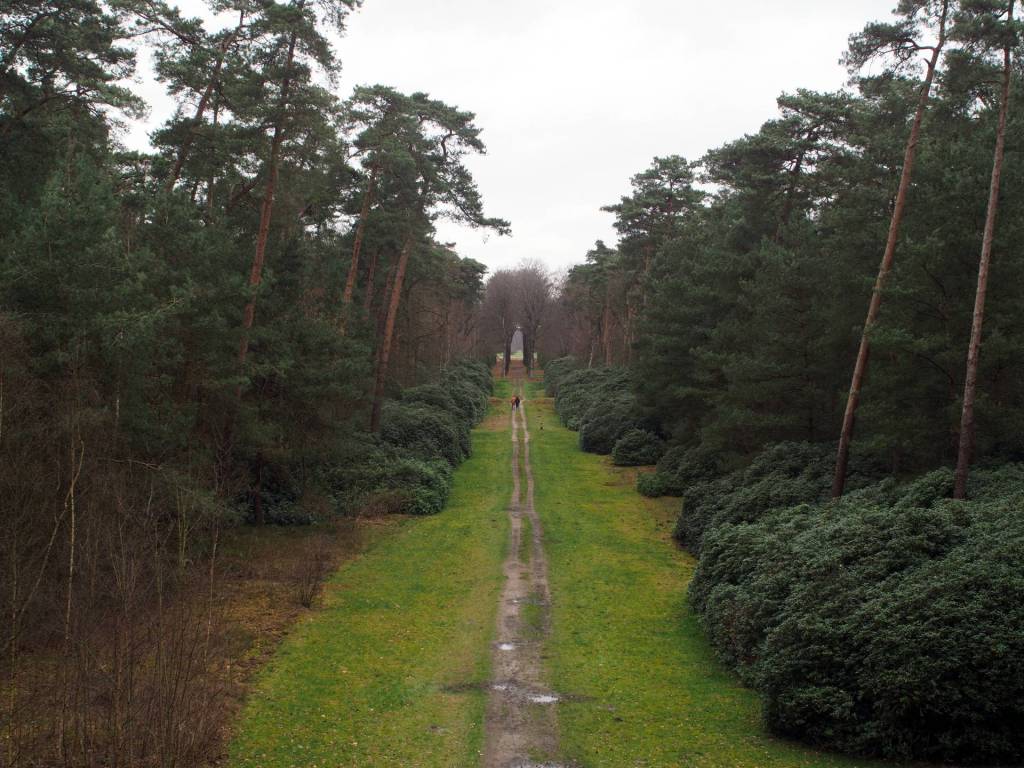
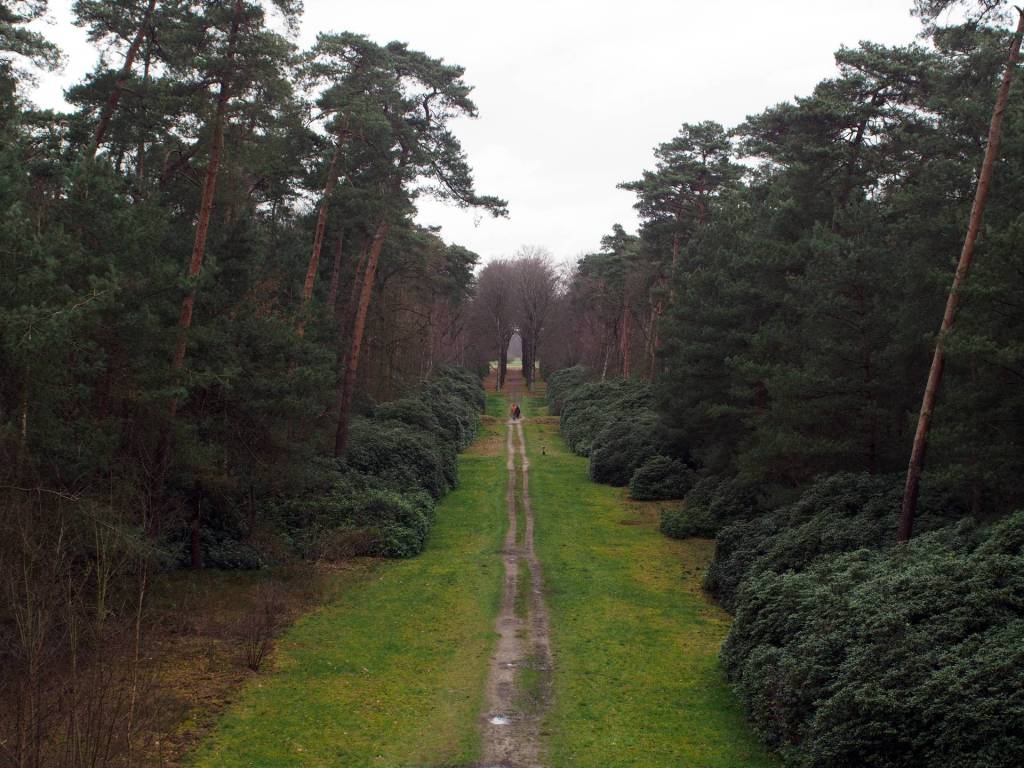
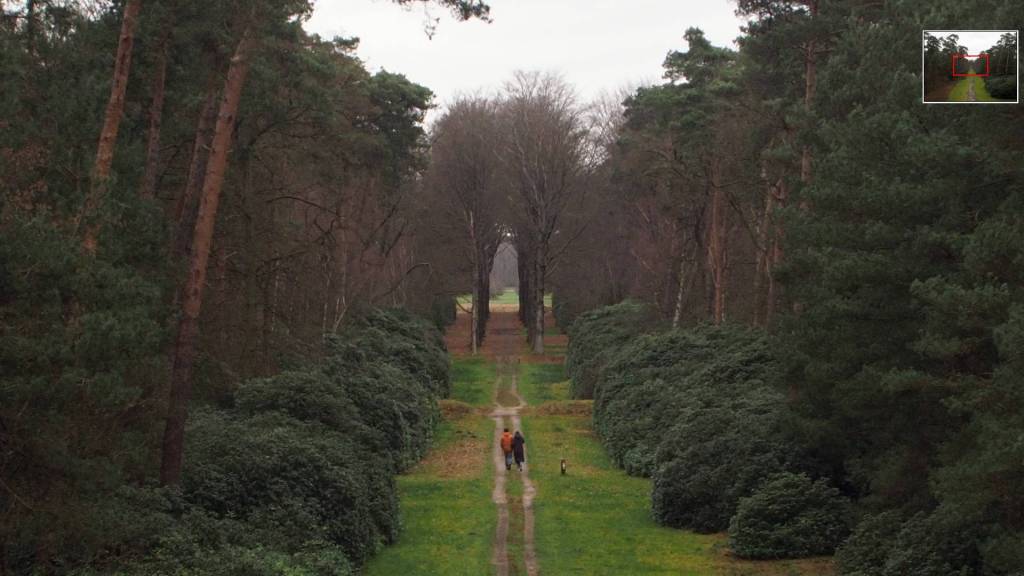
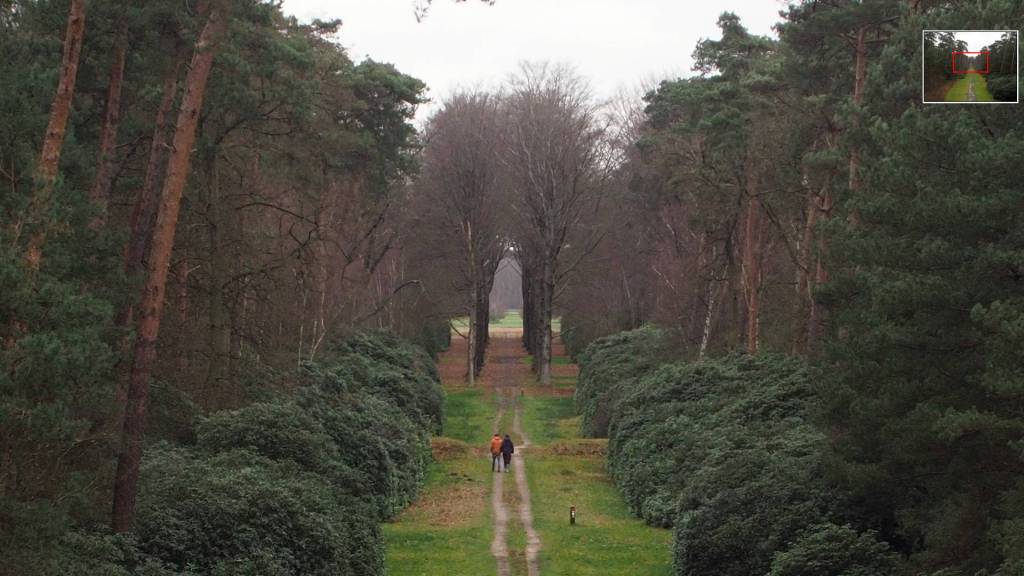
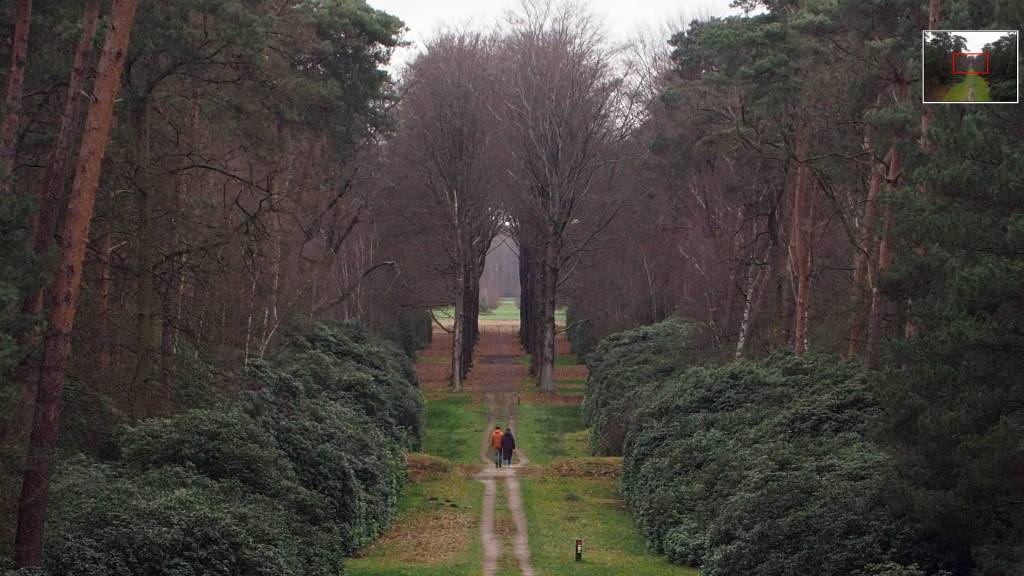

Shot @ 24mm f8
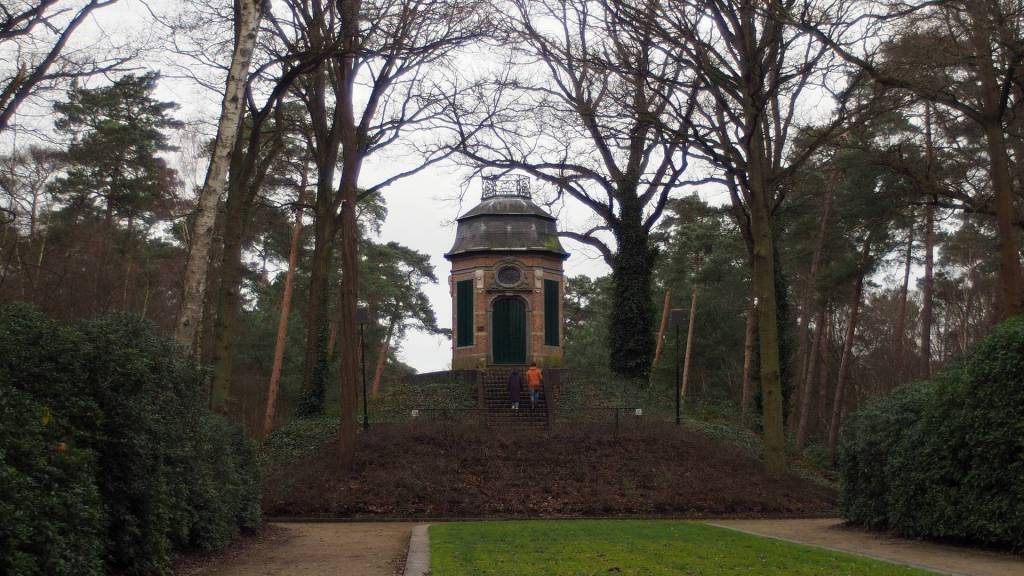
Shot @ 24mm f8
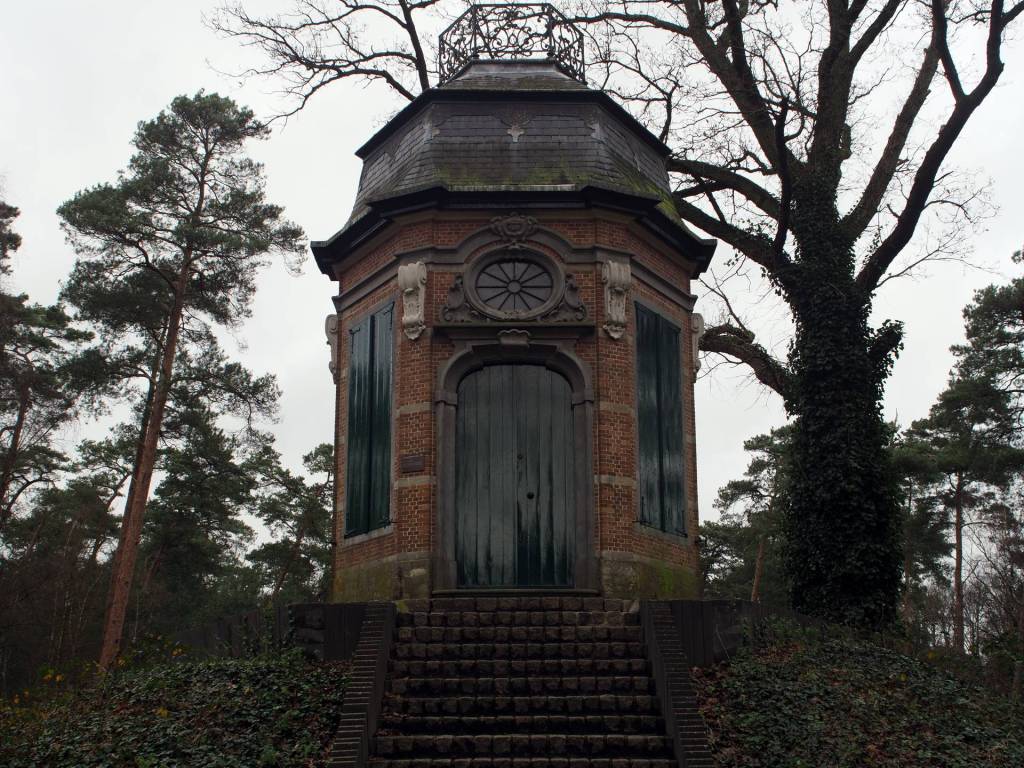
Shot @ 24mm f8
Detailed lens tests and more samples :
While I’m not particularly interested in testing pixel sharpness, I’m aware that many photographers prioritize pixel quality. If you’re looking for a thorough evaluation of the Minolta MD 24-35mm f3.5 lens, I suggest checking out Ilya Kuvshinov’s website, Lens QA Works. Although the website might have a different layout than you’re accustomed to, Ilya’s test pages are exceptionally well-done, providing detailed and professional insights. If you want to discover more about Ilya and the inspiration behind his beautiful anime drawings, click on his name in the link below. To access the test page, click on the photo of his website :
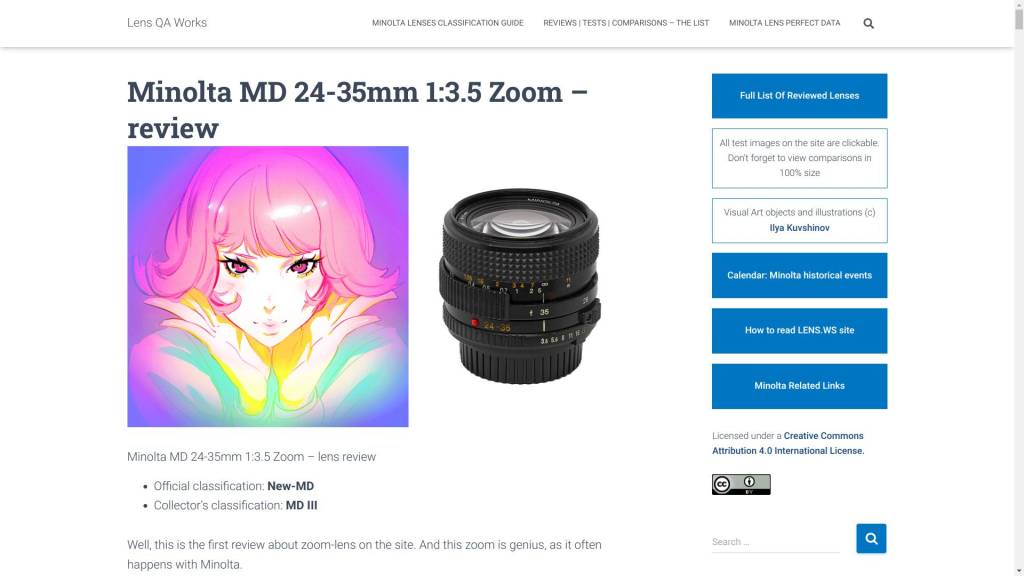
Lens QA Works – Ilya Kuvshinov
Minolta MD 24-35mm 1:3.5 Zoom – review
Licensed under a Creative Commons Attribution 4.0 International License.
I also recommend searching sample images made with the Minolta 24-35mm on Flickr – please note that many of them are shot on full frame, and still give stunning results.
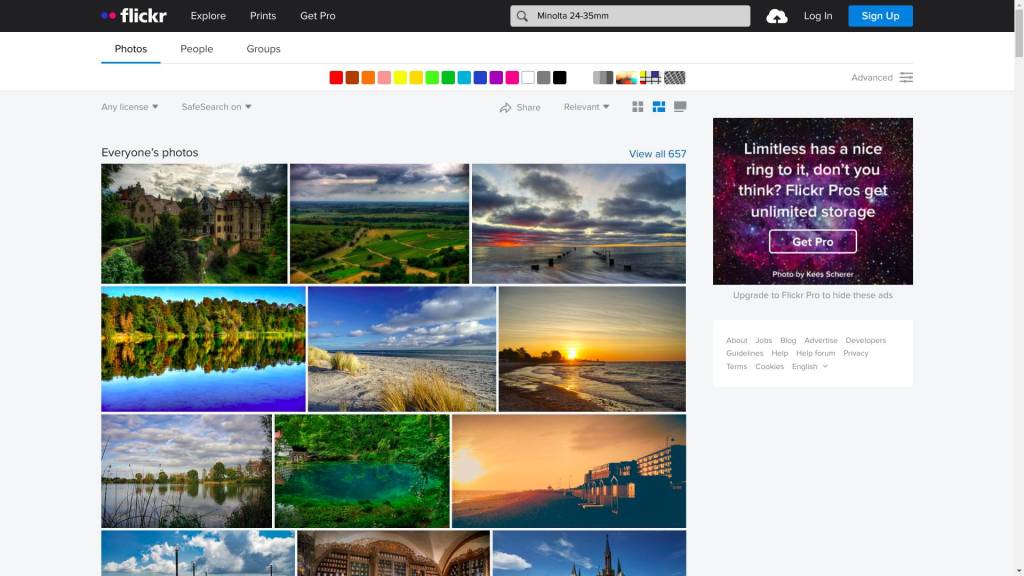
Search: Minolta 24-35mm on Flickr
Testing Day Two – Fort of Brasschaat and Pixco Speed Booster :
It’s December 30, 2023, and the weather is much better today, but still winter dark. Today I wanted to shoot both without and with the Pixco Speed Booster. Additionally, I wanted to showcase some photos to highlight detail sharpness, overall color reproduction, and character.
I expected a bit of contrast loss and increased blurriness towards the edges, especially when the lens is wide open, but that turned out not to be entirely correct. The photos were slightly warmer in color than without the speed booster, but the blurriness towards the edges was accurate. However, this improves significantly as you stop down the lens, and at f8/11, the results are considered good to very good. There is also a slight gain in the lens’s light sensitivity by one stop. The Pixco Speed Booster allows you to convert the 24-35mm lens into a 16.8-24.5mm or, in full-frame terms, a 33.6-49mm field of view on m4/3 camera. So, what was initially a standard to portrait lens with a regular adapter transforms into a mild wide-angle to a standard lens with the Pixco Speed Booster.
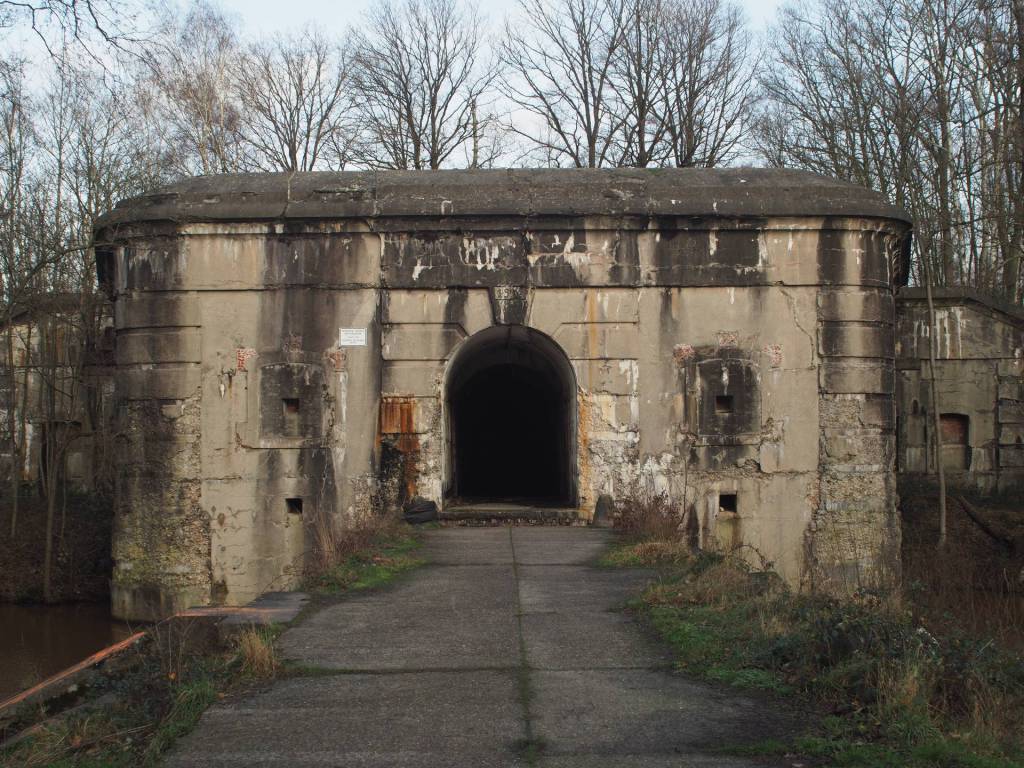
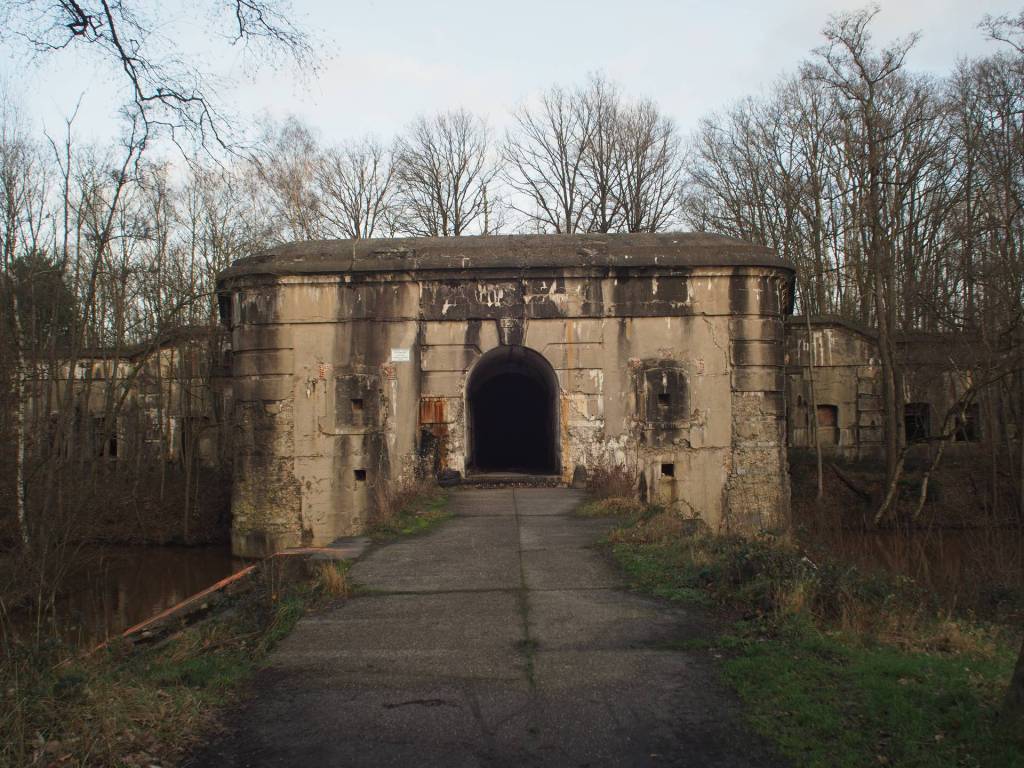
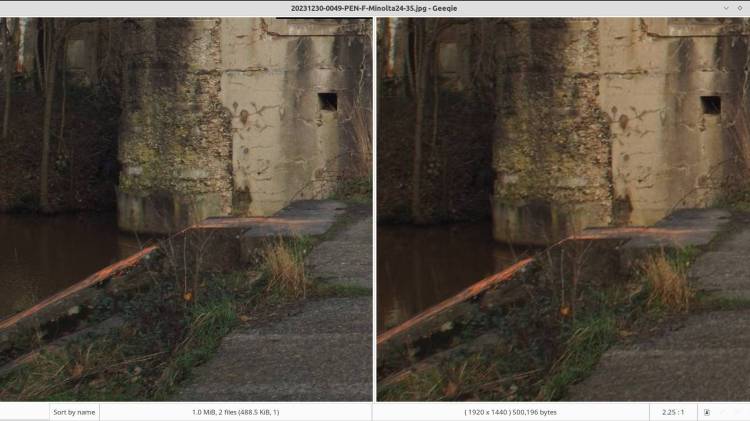
Above : Left corner crop from above pictures -> left side is 24mm original lens with adapter – Right side + Pixco Speed Booster, and enlarges the same part of the photo.
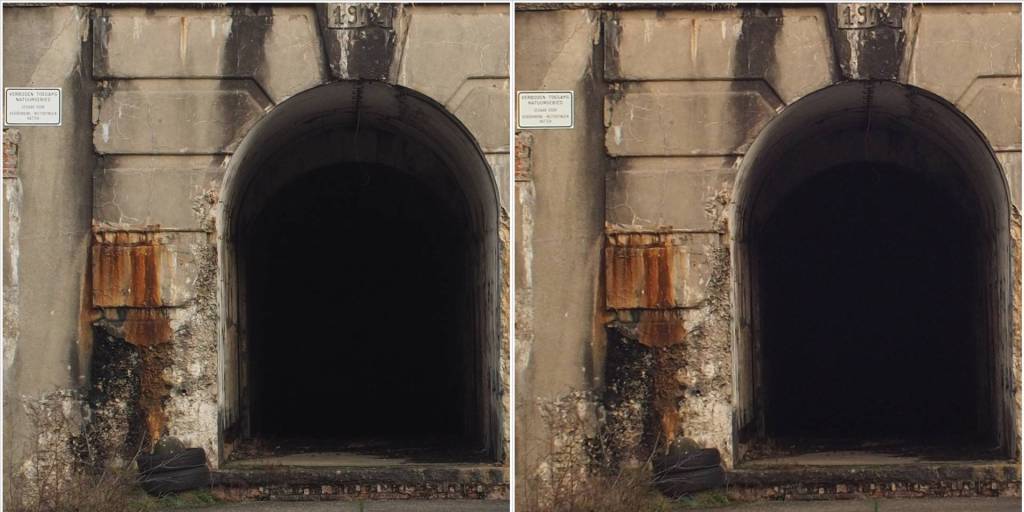
Of course there is loss of quality, but take into account the high magnification in the photo of the speed booster, also note the stronger contrast with speed booster.

Shot @ 24mm f3.5

Shot @ 24mm f3.5 – Crop 200%
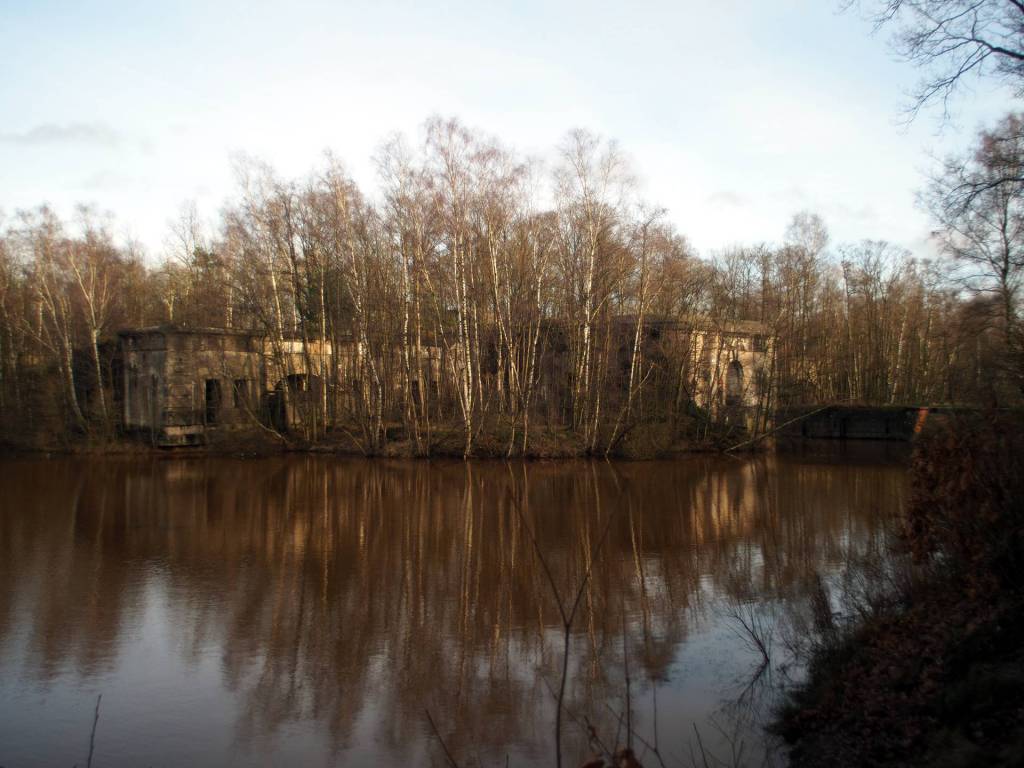
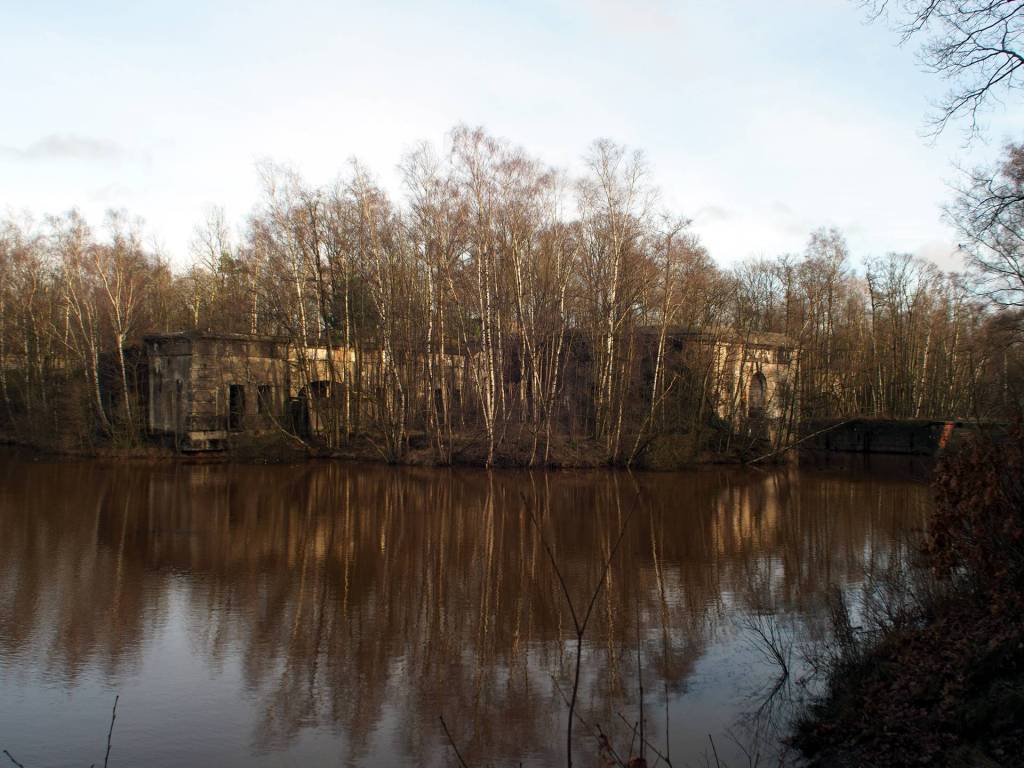
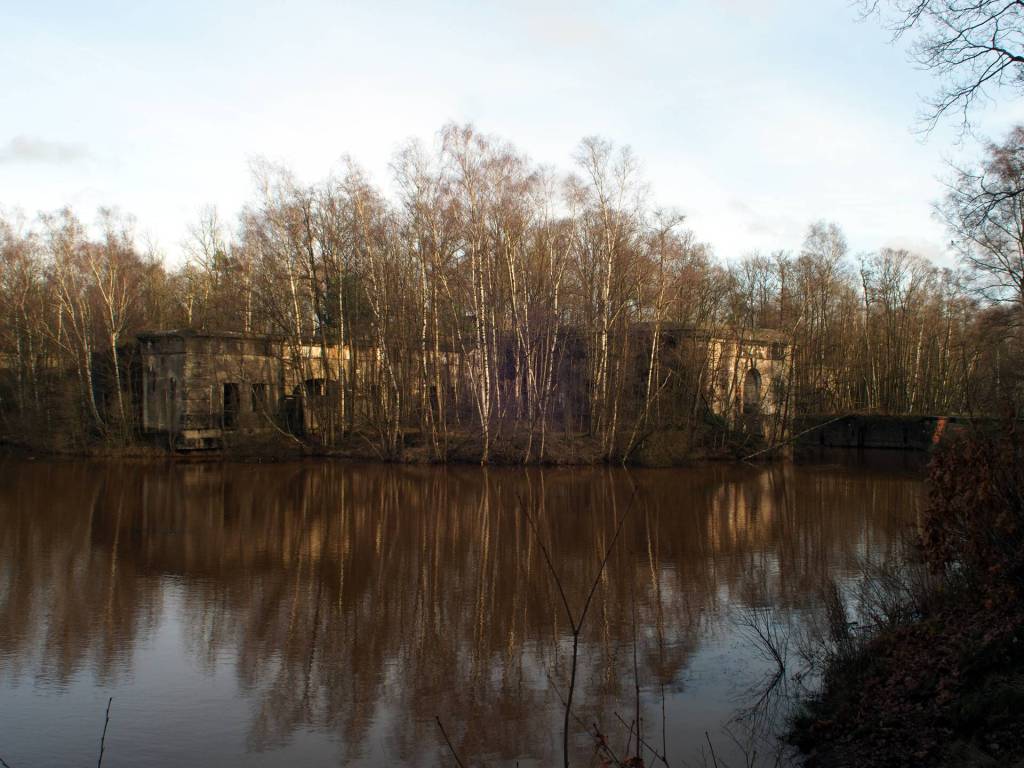
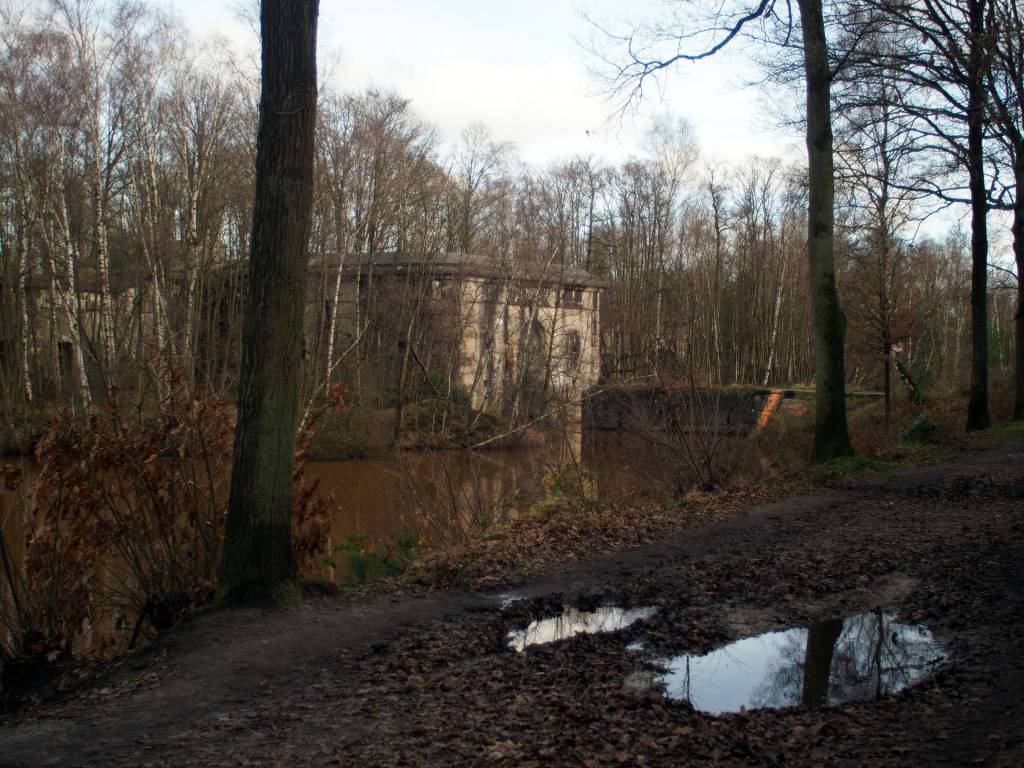
Shot @ 24mm f8

Shot @ 24mm f8

Shot @ 24mm f8

Shot @ 24mm f8
How to fix aperture pin and focus to infinity problem on Pixco Speed Booster :
I didn’t encounter any issues when using a Minolta 28mm prime lens on the Pixco Speed Booster. However, while using the 24-35mm zoom lens, I observed that the aperture wouldn’t close. This happened due to a protruding pin at the back of the lens, which needed to be removed. Additionally, I faced challenges with focusing to infinity, but also this was easily fixed with a simple adjustment to the Pixco Speed Booster. For a more detailed explanation, please refer to the video here below :
The Leica Look :
Is the widely discussed and sought-after Leica look a real phenomenon ? Some Leica enthusiasts and die-hard fans will definitely say yes, and may suggest buying a Leica and testing it firsthand, but trust me, that approach doesn’t necessarily yield the desired results. I have a friend with a Leica M8, and his photos don’t surpass mine or those taken by many others; they also lack a distinct Leica look. This is because achieving the Leica Look entails more than simply using a film box or a camera with a sensor and a Leica lens. Many skilled photographers who work with Leica would concur with this perspective.
A valuable resource to delve into this topic is the video by Matt Osborne, also known as Mr. Leica, discussing the famous Leica Look. In the video, he demonstrates that photos captured with a non-Leica camera and a different lens can still exhibit the characteristic Leica look. An essential element for achieving the authentic Leica Look is having an excellent lens with a specific character, whether it’s from Nikon, Canon, Fuji, Olympus, or any other lens brand. The character and color rendering of a photo are not exclusive to Leica, as personal taste plays a significant role, and in the case of genuine film photography, it even depends on the type of film used. I came across a statement that described it as a “synthesis of vibrant colors or black/white tones, subtle color differences, and the story conveyed by the captured photo.” This summarizes the essence of the Leica look, in my opinion.
So, can the Minolta MD 24-35mm lens capture the Leica look ? I believe it can. It showcases the warmth and character unique to analog Leica R lenses, while also delivering exceptional detail reproduction – a clear nod to the quality associated with Leica. However, crafting the narrative within the photo is something you’ll need to handle yourself. Nonetheless, I’m pleasantly surprised and thrilled to have this lens in my possession.
Conclusion:
After watching and reading numerous videos and articles about Minolta lenses and their association with Leica, as well as the comparisons of certain Minolta lenses to Leica counterparts, I anticipated achieving reasonably good photo results. However, the results turned out to be surprisingly impressive, especially considering it’s a zoom lens. While it lacks the clinical sharpness typical of high-quality digital (prime) lenses, it surpasses most primes from the analog era and even outperforms many other digital lenses I’ve used before.
If you’re comfortable with manual focusing and are considering purchasing 24mm, 28mm, and 35mm primes, I believe it’s worth considering this exquisite zoom lens. Not only does it save you space and weight, but it also saves a considerable amount of money.
One last point to note: some Minolta lens reviews may not completely convince you, but it’s essential to recognize that they are predominantly taken with a full-frame camera, usually the Sony A7. While the edge sharpness might be compromised in such cases, it’s crucial to know that if you use this lens on a micro 4/3 or another APS-C camera, the edge sharpness will be significantly better. Unfortunately, reviews on cameras other than full-frame are scarce – until now 🙂
In time I will post more photos here taken with this lens, but under better weather and light conditions.
Test Camera :
Olympus Pen-F – settings : Jpg / natural, no sharpness, no noise reduction
Focus aids : magnification and focus peaking + bad eyes 🙂
Adapter : K&F Concept MD – m4/3
Speed Booster : Pixco MD – m4/3
As I have noticed with the many other photos taken with this lens, the final color rendering and character is very dependent on the light and weather conditions, the subject, the camera/sensor used, settings and any subsequent editing. My Olympus Pen-F delivered colorful and high-contrast photos out of the box and unedited, and also a little touch of that typical creamy Leica look.
At least that’s what I see.
Feel free to disagree !
Links :
- https://lens.ws/minolta-md-24-35mm-f3-5-zoom/
- http://forum.mflenses.com/testing-minolta-md-zoom-24-35mm-35-t76076.html
- https://youtu.be/Zw_8fhmXOzY?feature=shared
- https://www.flickr.com/groups/14411702@N00/discuss/72157625111664179/
- https://www.lomography.com/lenses/6382-minolta-md-zoom-24-35mm-1-3-5/photos
- https://pixco.com.cn/products/pixco-md-lens-to-micro-4-3-camera-speed-booster-focal-reducer-lens-adapter
- Camera Company that Rocked the Industry – Minolta vs Leica
- Best Vintage Lenses for Price & Character
- Artaphot.ch Minolta MD 24-35mm f3.5
- Showcase Minolta 24-35mm f/3.5 MD Zoom

The photo gallery of Open Source Photography, Olympus micro 4/3 system, Vintage Lens Photograpy, Film Simulation, PictureFX, HDR – Photographer : Marc R.
Discover more from Open Source Photography
Subscribe to get the latest posts sent to your email.


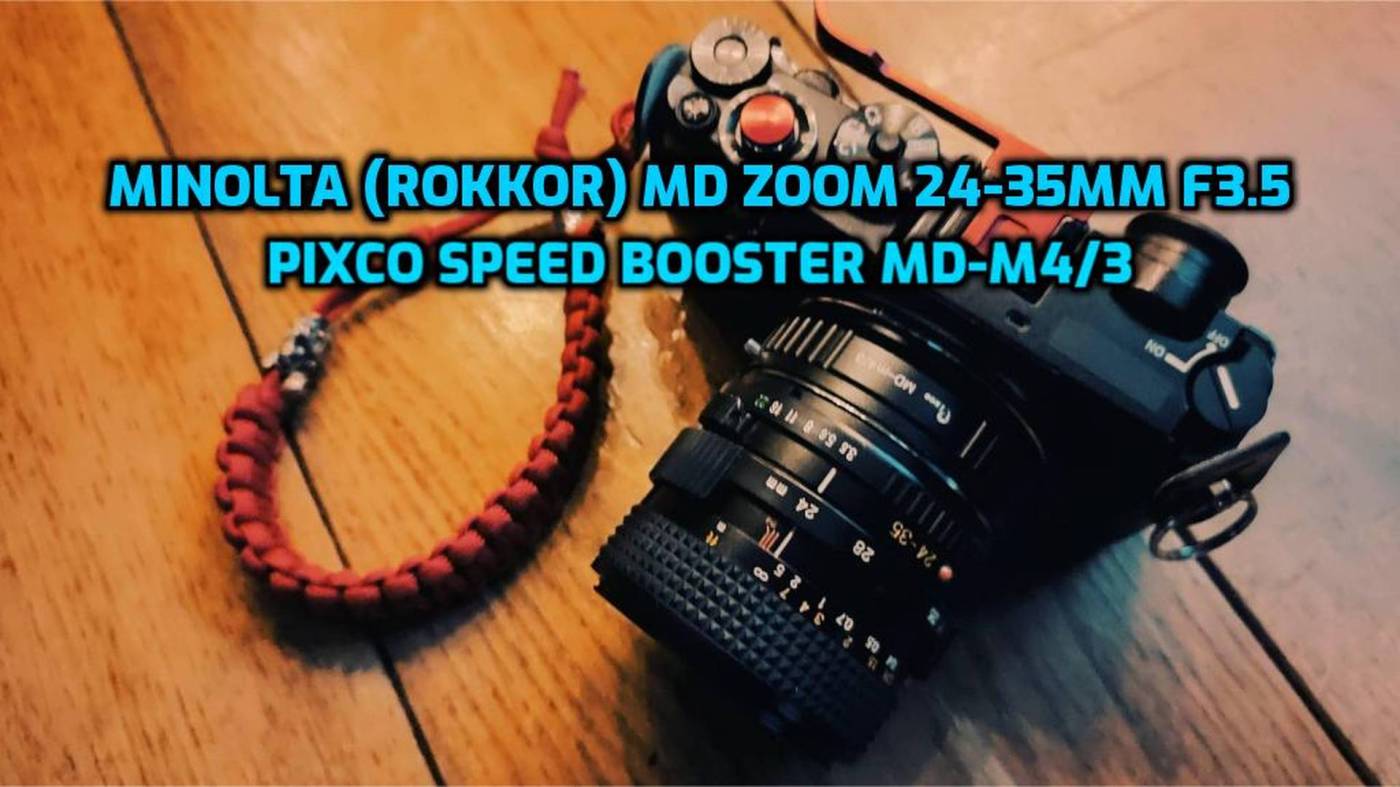

I’ve had a few Minokta Rokkor MD lenses, and always been happy with them. I believe, many many years ago I had this or similar for an old Minolta film camera that I owned. Very nice article Marc.
LikeLiked by 1 person
Hello Mark, thank you!
I still have a thing for vintage lenses,
perhaps not as sharp as modern lenses, but much more character.
I saw that you changed your website to a black background,
It looks beautiful !
Also great with the colors of the autumn photos, they stand out beautifully !
LikeLiked by 1 person
een gedetailleerde beschrijving en knap geïllustreerd Marc
prettige dag
LikeLike
Dankjewel Willy ! altijd fijn te horen. Ook een fijne dag nog gewenst !
LikeLike